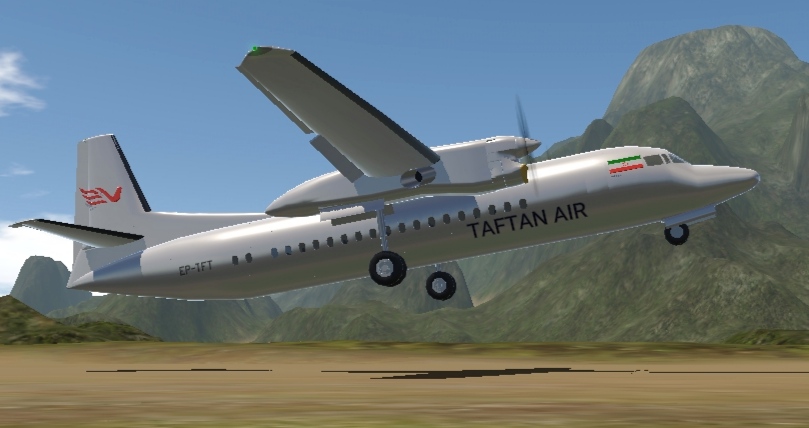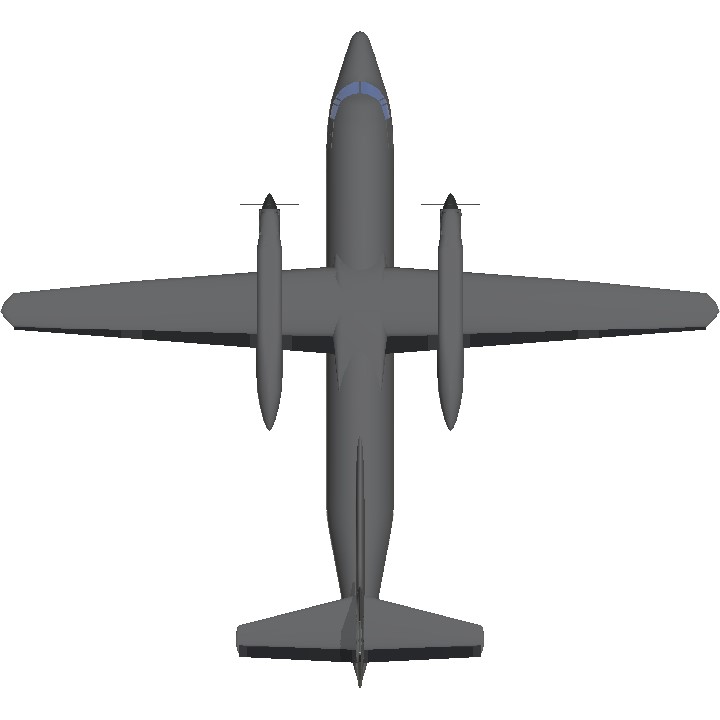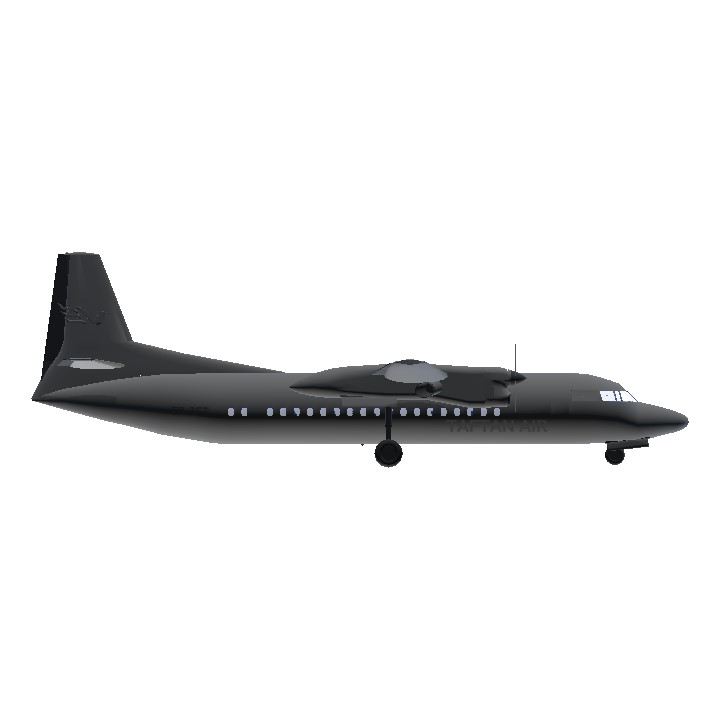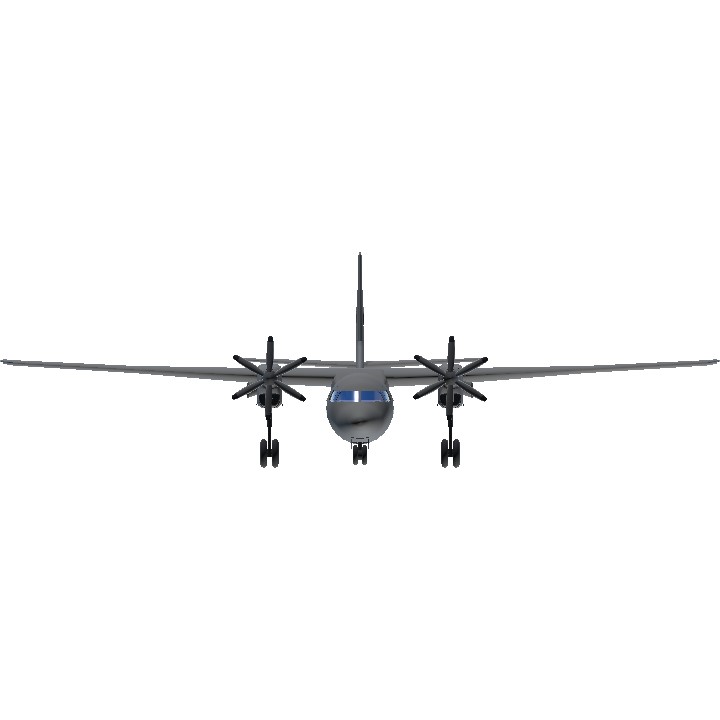Coinciding with the announcement of the 100-seat F-100 in November 1983, Fokker officials announced that they were also planning a 50-seat turboprop aircraft. The plan was to replace the best-selling F-27 aircraft. The new design was based on the F-27-500, but had significant changes of about 80% over the previous model. Using the PW125 turbopropers and its 6-bladed propeller, the aircraft cruise speed was increased by 12% and fuel savings were significantly reduced. Other improvements to the F-50 included the use of new flight electronics in the cockpit, limited use of composites, and the design of a new cabin for greater passenger comfort. Fokker first equipped the two prototypes with the same F-27 fuselage, the first of which flew on December 28, 1985. Finally, after preliminary tests, the first F-50 aircraft flew on February 13, 1987, and was certified in May 1987. The first aircraft was delivered to Lufthansa Cityline in August of that year. The base model of the Fokker 50 is the F-50-100. Using 3 doors instead of four doors, sample 120 was designed. In 1990, Fokker decided to build the Model 300 using the more powerful PW127B turbopropers. These engines allowed the aircraft to reach higher cruising speeds and perform better, especially at high altitudes. The only known development of the Fokker 50 was the Fokker 60 aircraft. The model, which was 1.62 meters longer than the F-50, was built for the Royal Dutch Air Force. Following Fokker's financial problems and the subsequent bankruptcy of the Dutch plant on March 15, 1996, production of the F-50 ended and the last Fokker 50 was delivered to Ethiopian Airlines in May 1997. A total of 213 aircraft have been produced.
AG-1 Open/close doors
AG-8 Lights
VTOL - Flaps


Real Photo:


Credit to @FatPilotOne's for his original Fokker 50
The aircraft logo is made by me.
Specifications
Spotlights
- FCCX 3.7 years ago
General Characteristics
- Predecessor Fokker 50
- Created On Android
- Wingspan 97.3ft (29.7m)
- Length 88.9ft (27.1m)
- Height 29.2ft (8.9m)
- Empty Weight 20,653lbs (9,368kg)
- Loaded Weight 30,408lbs (13,792kg)
Performance
- Horse Power/Weight Ratio 0.197
- Wing Loading 29.0lbs/ft2 (141.5kg/m2)
- Wing Area 1,048.9ft2 (97.4m2)
- Drag Points 11039
Parts
- Number of Parts 462
- Control Surfaces 9
- Performance Cost 1,983






چرخاش داغونه
Ey val!
That's very good one